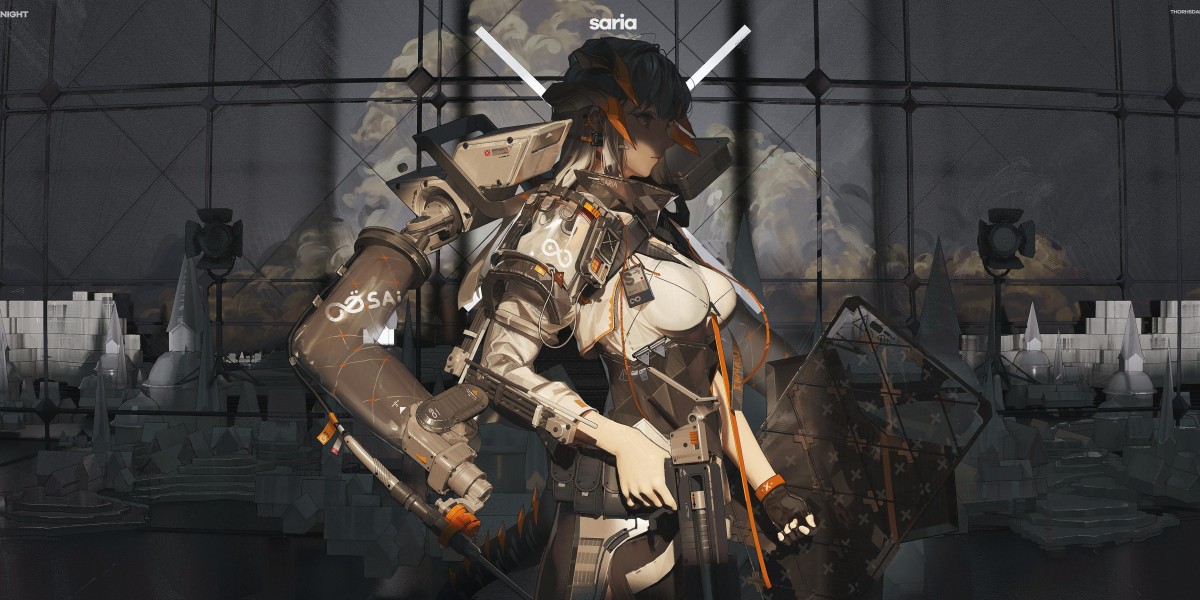In today's rapidly evolving world, the concept of human-centered design has emerged as a pivotal approach to innovation. This methodology emphasizes understanding the needs, desires, and challenges of users, ensuring that products and services are tailored to enhance their experiences. But what exactly does human-centered design entail, and how does it foster innovation?
Understanding Human-Centered Design
Human-centered design is a creative approach that places the user at the forefront of the design process. It involves a deep dive into user research, empathy mapping, and iterative prototyping. By prioritizing the user's perspective, designers can create solutions that are not only functional but also resonate emotionally with users.
- Empathy: Understanding users' feelings and experiences.
- Iterative Prototyping: Developing and refining ideas based on user feedback.
- Collaboration: Engaging diverse teams to bring varied perspectives.
The Role of Empathy in Innovation
Empathy is the cornerstone of human-centered design. It allows designers to step into the shoes of their users, fostering a deeper understanding of their needs. When designers empathize with users, they can identify pain points and opportunities for improvement. This process often leads to innovative solutions that might not have been considered otherwise.
For instance, consider a healthcare application designed for elderly users. By engaging with this demographic, designers can uncover specific challenges they face, such as difficulties in navigating technology. This insight can lead to the creation of a more intuitive interface, ultimately enhancing user satisfaction and engagement.
Implementing Human-Centered Design in Your Projects
To effectively implement human-centered design, consider the following steps:
- Conduct thorough user research to gather insights.
- Create empathy maps to visualize user experiences.
- Develop prototypes and test them with real users.
- Iterate based on feedback to refine your solutions.
By following these steps, teams can ensure that their designs are not only innovative but also genuinely meet the needs of their users.
Conclusion: The Future of Design
As we move forward, the importance of human-centered design will only continue to grow. Organizations that embrace this approach will likely find themselves at the forefront of innovation, creating products and services that truly resonate with users. By fostering a culture of empathy and understanding, we can drive meaningful change in various industries.
For those interested in exploring more about the impact of human-centered design, consider visiting for unique insights and products that embody these principles.






